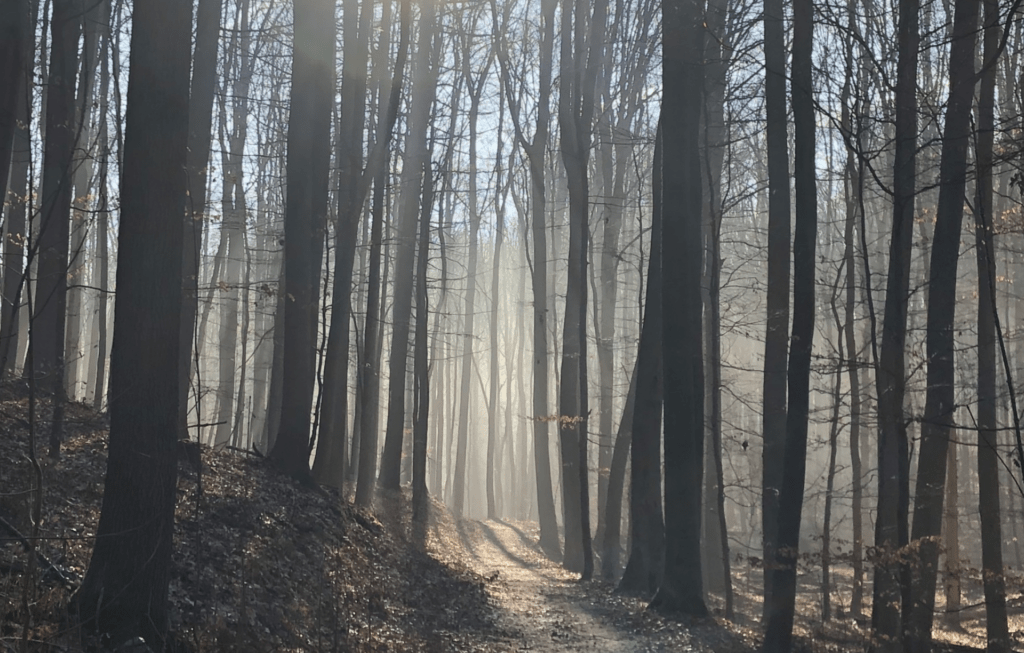Forêt de Soignes is a hotspot for anyone wishing to escape the bustle of the city, be they ramblers, joggers, or dog walkers. But with dog-related incidents on the rise, it will soon become mandatory to keep dogs on leads throughout the forest.
Often referred to as the "green lung" of Brussels, the 4,400 hectare wooded area serves not only as a space of solace for stressed city dwellers, but is a delicate ecosystem home to diverse plant and animal species. Some of these have been harmed or killed by dogs that are left to roam without leads, Le Soir reported.
"In 2017, two deer were found dead in the Brussels part of the forest. This rose to seven in 2020 and 15 in 2021," said Stéphane Vanwijnsberghe, director of the Brussels Environment Forest and Nature department. He added that these numbers are only those animals that they have found. "Injured deer generally need to be put down."
A harmonised approach
Part of the difficulty in managing the issue of dogs arises from the different rules for different parts of the forest. The total area of Forêt de Soignes is split over three regions with 2,455 ha in Flanders, 1,665 ha in Brussels, and 263 in Wallonia. In the Brussels region, dogs do not currently need to be on leads; in Flanders and Wallonia they do.
Related News
- Why the forest is Belgium’s unsung treasure
- Third deer bitten to death by stray dogs in Brussels' Sonian Forest in a month
This can lead to some discrepancy over exactly where dog leads are required, with many owners seemingly oblivious to the requirement in any of the regions. Even in the Brussels region, dogs can be off leads but must be "under control" – a somewhat vague stipulation.
In an effort to clear up any confusion, it will soon be forbidden to let dogs off leads or to stray from the designated paths. The new rules will be inscribed in the 1854 forestry code that is still in force.
A Covid boost in popularity
If fans of the forest have never faltered in their admiration for the spectacular avenues of oak and beech, visitor numbers soared when the coronavirus hit, with more and more hearing the call of nature as the city closed down.
However, the influx of visitors had less positive results, with David Kuborn, Director of the Forêt de Soignes foundation, remarking that "there has been a big increase in problems in the forest since more people have been visiting." These include cases of dogs attacking walkers, joggers, cyclists, horses, or fighting between themselves. There have even been reports of dog owners joining the melees – all of which runs contrary to the atmosphere of calm normally associated with the forest.

Credit: Wikimedia Commons
Kuborn also described how a minor deviation from a path can quickly become a thoroughfare that "threatens biodiversity." For instance, nesting birds, small mammals, amphibians, and reptiles are exposed as their habitats are damaged. This makes them vulnerable to predators and the elements.
Vanwijnsberghe says that changes to rules will address these issues but will be made in discussion with the various users of the forest. A reunion takes place this Saturday 5 February.
Indeed, Brussels Environment Minister Alain Maron (Ecolo) highlighted the "important social function" of the forest and mentioned alternative measures that could be put in place such as "open zones for dogs and play areas for children" either within the forest or on the outskirts.

